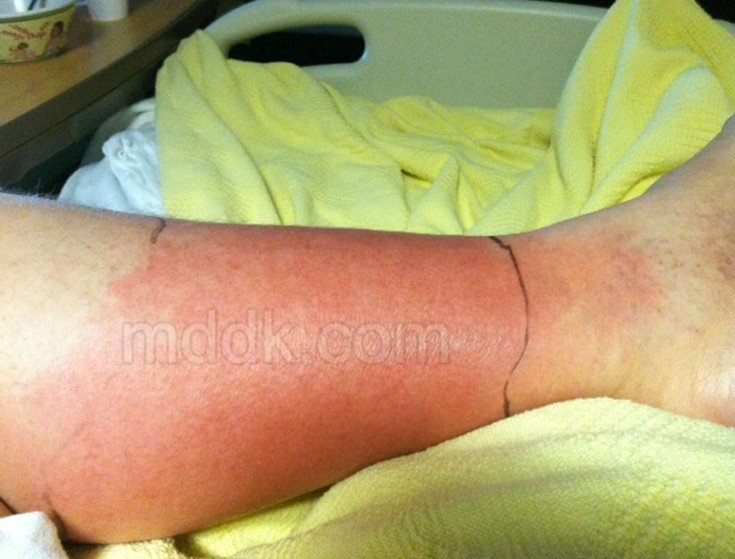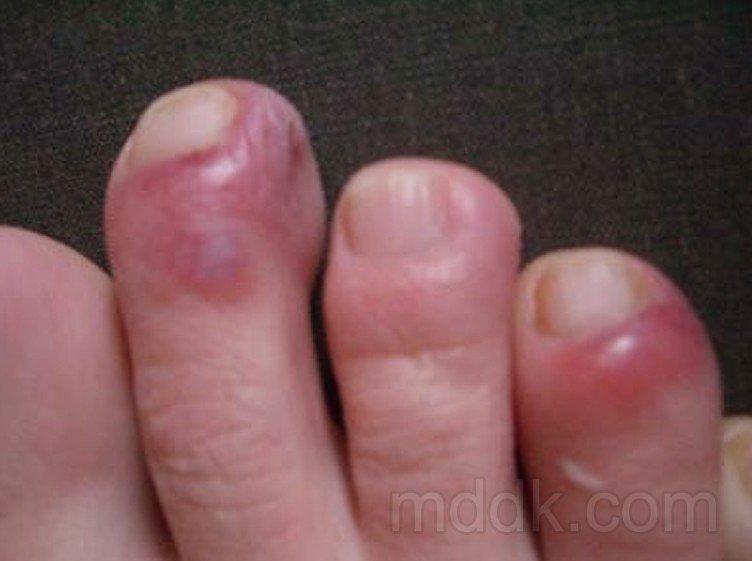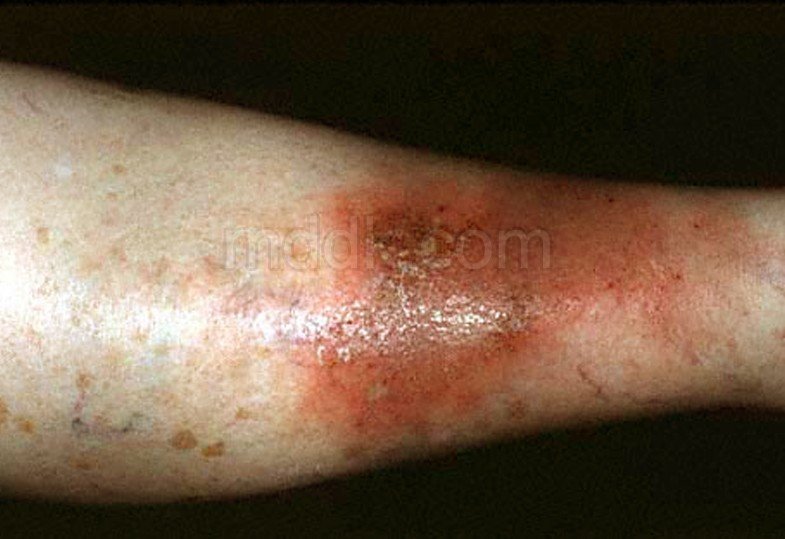Cellulitis
What is Cellulitis?
This is a common bacterial infection in the deepest layers of your skin that can be serious. Cellulitis is not the same as cellulite, which is a dimpling in your skin that is caused by deep layers of fat. The skin on your lower legs is the area that is most commonly affected but you can get it on your face or anywhere on your body. In children you will usually find cellulitis around the anus or on the face.
Cellulitis Symptoms
Many times when a person has cellulitis, the first symptoms you see are sometimes ignored because they do not think it is a serious infection and they just assume that the symptoms are what you have with an open wound. When you get cellulitis the first symptoms you will see in the infected area are:
- Warm to touch
- Red
- Swollen
- Tender
As the infection spreads you will experience:
- Chills
- Fever
- Swollen glands
- Pain in the affected area.
- May have blisters because of the infection. The blisters are usually filled with pus that is an infectious fluid that is a yellowish-green in color and will leak out or drain out when you have cellulitis.
- Swelling in the area and the spot begins to harden.
- If the infection is not controlled it will start to spread into the blood and go throughout the body.
- Nausea and vomiting
- When touched you may experience some numbness.
Cellulitis Causes
A person will contact cellulitis when one or more type of bacteria enters through a break in your skin with the two most common bacteria being staphylococcus and streptococcus. There is another bacteria that is more serious and the cases of cellulitis being caused by this bacteria increasing. This serious bacteria is called methicillin-resistant staphylococcus aureus (MRSA). The bacteria can enter you body in a variety of ways such as through cuts, ulcers, dermatitis, puncture wounds, surgery, or athlete’s food. There are also some types of spider or insect bites that can transmit the bacteria. Two other places on your body that make good entrance points for bacteria is any area of swollen skin or areas of skin that is dry and flaky. If you have a cut or open area on your skin this does not automatically mean you are going to develop cellulitis. If you have any open areas just make sure that you are keeping the areas clean.
You can also get cellulitis if you have certain medical conditions such as a weak immune system, diabetes, or peripheral arterial disease. You can also get it is you injected illegal drugs under your skin, have edema in your arms or legs, or had liposuction to remove the excess fat from your body.
Diagnosis
If you have an injury that appears swollen, red, and does not appear to be healing up you should see your physician for a diagnosis. They will look at the area and may even take a sample so the specific bacteria that is causing the infection can be identified, They can even do a blood test to rule out any other medication conditions that could be causing the infection.
Cellulitis Treatment
The most common form of treatment is to give you a prescription for antibiotics to kill the bacteria that is causing your infection. The antibiotics can either be given by IV or by mouth. It depends on how advanced the infection is the type of bacteria that it is will determine how it is given to you. You may have to be hospitalized in some serious cases where the infection has spread into other parts of your body or it has spread throughout your skin. If the case is not serious you will usually take oral antibiotics in seven to fourteen days. To help relieve the swelling and pain you can take over-the-counter anti-inflammatory medication and pain relievers. So the swelling does not get worse you should keep the part of the body that has the infection elevated or apply cool compresses.
When your physician gives you an antibiotic you should call them back in three days to let them know if the infection is responding to the antibiotics and seem to be showing some signs of healing. In most cases cellulitis will disappear after a few days of starting the antibiotics. If the infection is not responding to the antibiotics or it has spread through your body you may need to be admitted to the hospital and be given a broad spectrum of antibiotics intravenously. Your physician may also admit you to the hospital if your blood pressure is real high or you are running a high fever.
Part of the treatment phase your physician will have you practice ways to prevent it from happening again and from spreading to other parts of your body. You will need to make sure that you are keeping the infected area clean using an antiseptic soap. When drying it make sure that you pat it dry, but do not scrub it dry. Talk to your physician to see if you could apply an antibacterial and/or anti-fungal cream to the area.
Cellulitis Pictures
Pictures collection of the medical condition Cellulitis…
Is cellulitis contagious?
This type of bacterial infection is usually not contagious. This is because the deeper layers of your skin are infected and not the outer layer of skin but if you have an open wound it is possible to pick up the bacteria from another person. This is true even if the bacteria is not making the other person is not showing any signs of infection.
Although it is not really contagious there are certain things that put you at risk for developing cellulitis, which can include:
- Have an injury such as a burn, scrape, cut, or fracture.
- Have a skin condition like eczema.
- Participates in contact sports.
- Have a weakened immune system or diabetes.
- Us intravenous drugs



